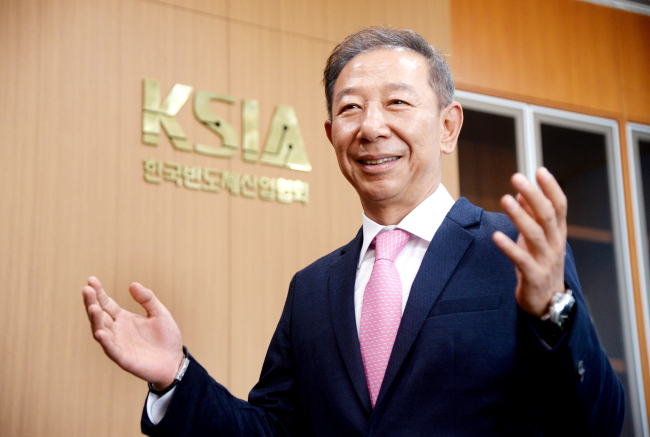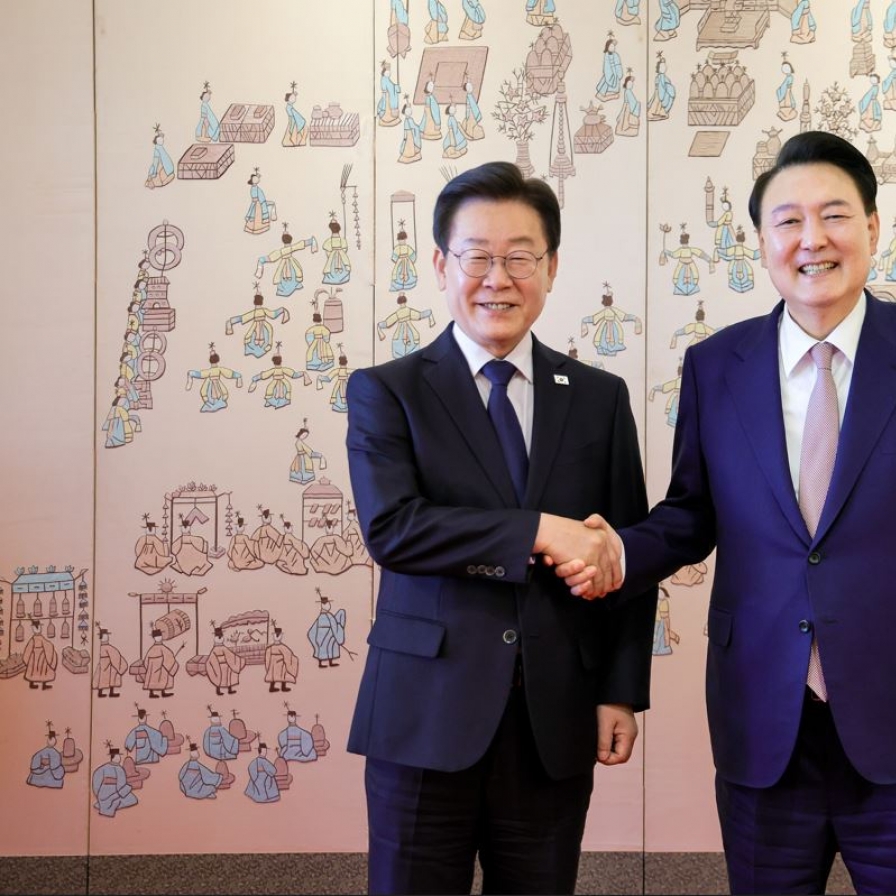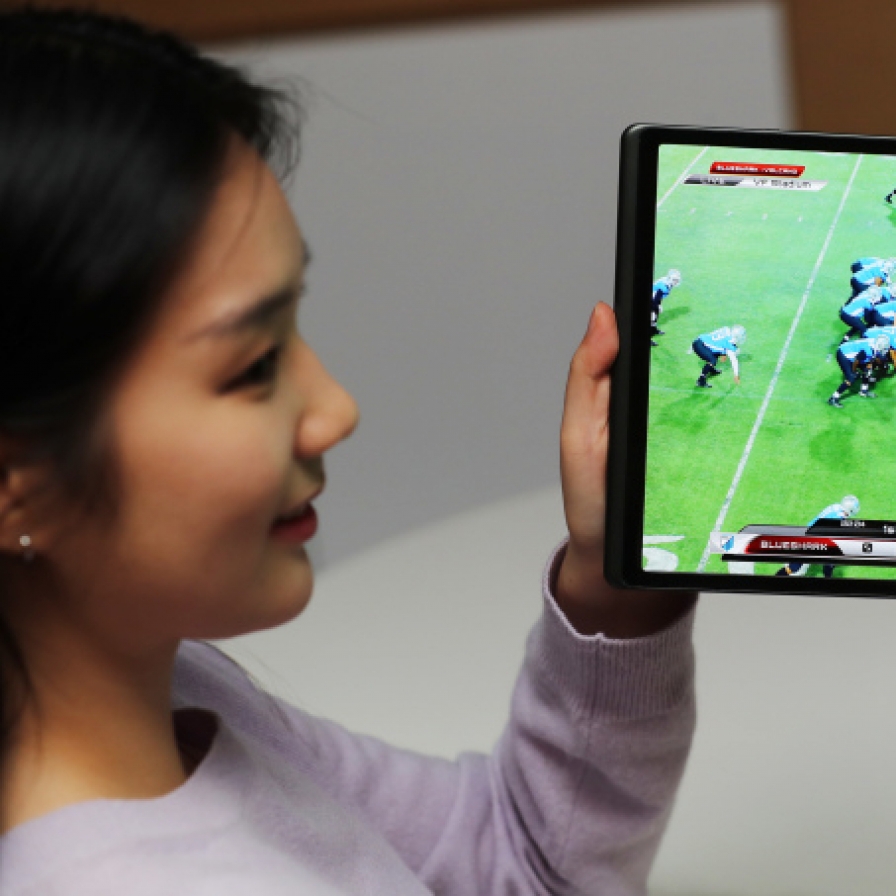The latest set of policy measures to boost the non-memory chip industry focuses on fortifying the relationships between firms in different areas of the industry to help them collaborate on development and production, Korea Semiconductor Industry Association Vice Chairman Nam Ki-man told The Korea Herald.
“Compared to the past policies announced in 2010 and 2015, the latest package has its focus on strengthening the links among the different segments of the system chip industry,” Nam said, referring to the 2030 plan announced Tuesday. “If the measures are carried out well as planned, they will be marked as the most efficient and solid policy measures ever for the industry.”
Nam, who served as director general of trade and industry policies at the Ministry of Trade, Industry and Energy during the Lee Myung-bak administration and first year of the Park Gyeun-he government, is now the vice chairman of the KSIA, contributing his policymaking capabilities to devising plans to support chipmakers.
The most important tie in the non-memory chip industry is the one between fabless and foundry segments, Nam highlighted.

Nam Ki-man, vice chairman of the Korea Semiconductor Industry Association (Park Hyun-koo/The Korea Herald)
“To connect the two sectors seamlessly, the role of the design house is crucial,” he said. “Promoting design house businesses is one of major parts of the new policy plan.”
Design houses help tune the technological specifications of products designed by fabless companies to match foundry production facilities.
There are 10 design houses, including Alpha Holdings and Hanatech, which serve as middlemen for Korean fabless firms, but they are still too small to compete with foreign rivals. For comparison, the world’s biggest foundry player TSMC works with design house GUC, which raises $10 billion in annual sales.
“The design house’s role is to tune intellectual properties for chip designs on behalf of the foundry business that has difficulty in customizing its production capabilities for all their clients,” Nam said. “In order to raise the competitiveness of the Korean non-memory semiconductor industry, it is crucial that the country has more active and bigger design houses.”
“While infrastructure matters in the foundry sector, the brain does matter in the fabless sector,” the former policymaker said. “So, the government policy is also putting a lot of weight on nurturing talents specialized in semiconductors.”
Due to the unique characteristics of the semiconductor industry that requires nearly all kinds of engineering knowledge and skills, such as chemical, mechanical and electro-electrical engineering, companies have been requesting the government to establish academic diplomas at prestigious universities by guaranteeing employment, Nam said.
“In order to excel in the system chip market, socializing skills are important, too,” he said. “It is unfortunate to see that Koreans are genetically better when they work alone than together. Because system chips are needed in a variety of different industries and sectors, exchanges among different industry officials are very crucial.”
For example, chipmakers need to understand the mechanics and infotainment systems in automobiles to design the application processors for the automotive systems.
“Not to mention, finance, medicine, biopharmaceuticals and so forth, fabless firms should deeply understand their products and services in order to provide the brain for them,” Nam said. “Our association has formed alliances that match-make chipmakers with automakers and biopharma firms, and we will continue making more such groups in order to promote their communication and knowledge exchanges.”
By Song Su-hyun (
song@heraldcorp.com)



![[Grace Kao] Hybe vs. Ador: Inspiration, imitation and plagiarism](http://res.heraldm.com/phpwas/restmb_idxmake.php?idx=645&simg=/content/image/2024/04/28/20240428050220_0.jpg&u=)

![[Herald Interview] Mom’s Touch seeks to replicate success in Japan](http://res.heraldm.com/phpwas/restmb_idxmake.php?idx=645&simg=/content/image/2024/04/29/20240429050568_0.jpg&u=)
